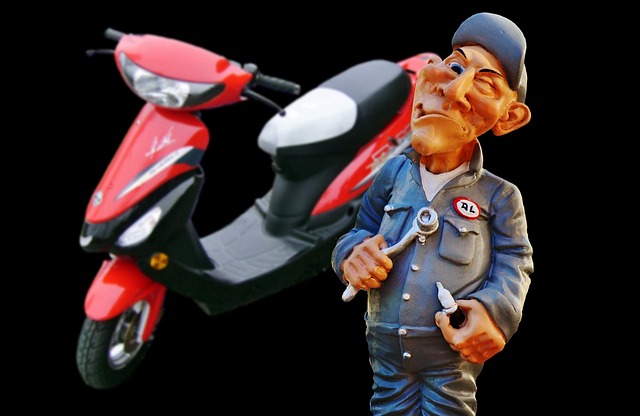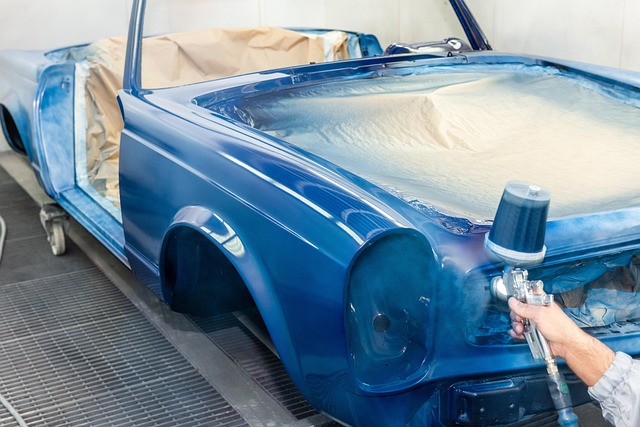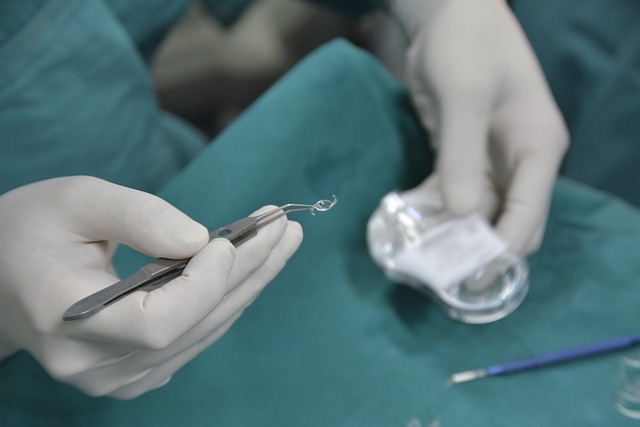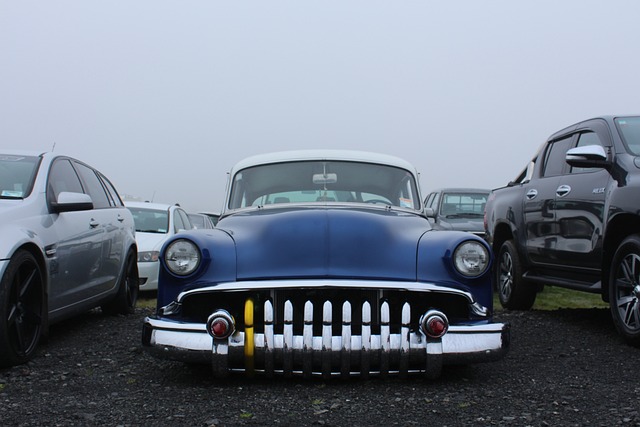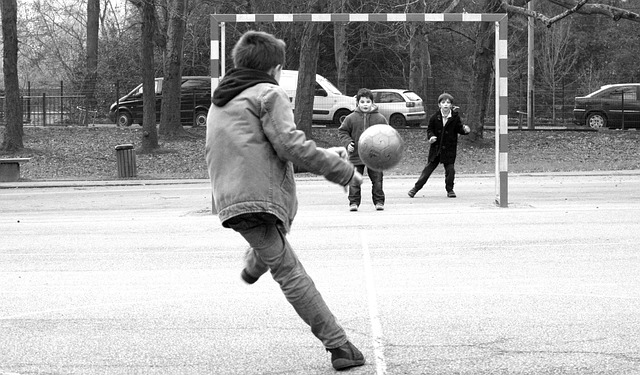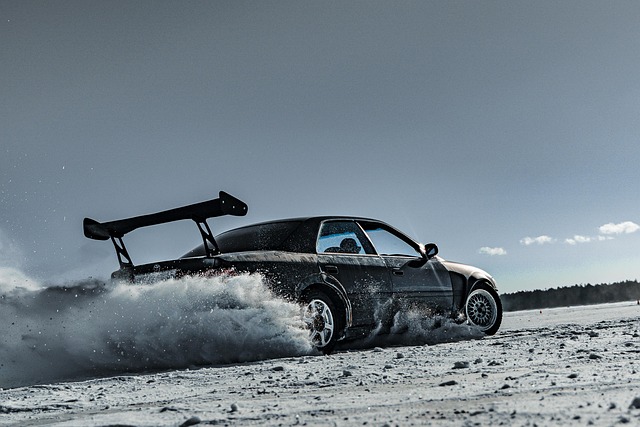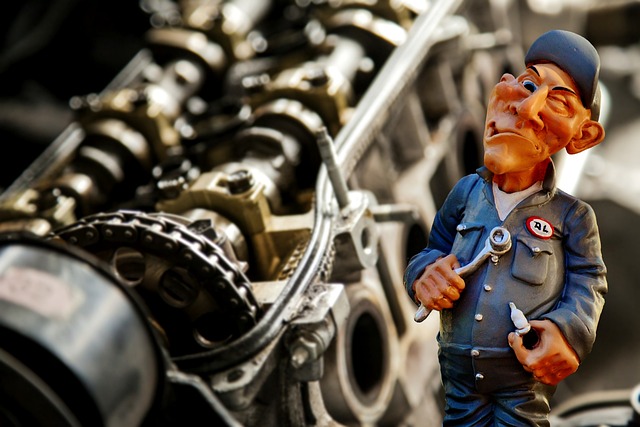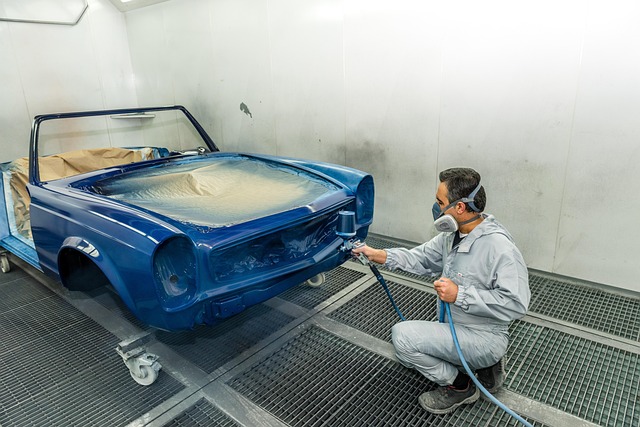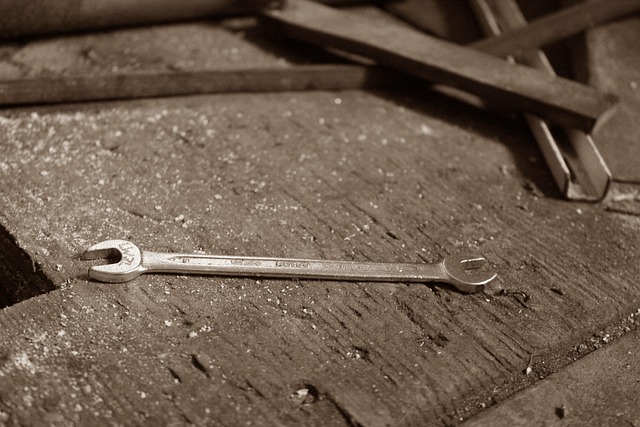Vehicle owners in regions with distinct seasons must understand weather patterns' impact on driving and vehicle health. Regular maintenance, such as tire checks and battery care, combined with local weather forecasting, helps prevent accidents and reduces the need for costly collision repairs. In harsh winters, protecting against snow, ice, and rain damage through undercoating, tire pressure adjustments, and garage parking is crucial. Collision repair professionals adapt their techniques to handle fender benders, frozen glass, water damage risks, and temperature-related auto glass integrity issues during each season, ensuring vehicles are restored to pre-incident conditions.
As seasons change, so do the challenges automotive owners face. Winter’s snow, ice, and rain can cause unique vehicle damage, from dented fenders to worn out brakes. This article offers valuable insights into seasonal collision repair, guiding you through understanding weather impacts, preventing common winter-related damages, and mastering repair strategies for each season. Discover expert tips on seasonal collision repair to keep your vehicle safe and road-ready year-round.
- Understanding Seasonal Weather Patterns and Their Impact on Vehicles
- Common Snow, Ice, and Rain-Related Damage and How to Prevent Them
- Effective Collision Repair Strategies for Each Season's Unique Challenges
Understanding Seasonal Weather Patterns and Their Impact on Vehicles

Understanding seasonal weather patterns is crucial for anyone who owns a vehicle. In regions with distinct seasons, snow, ice, and rain can significantly impact driving conditions and vehicle integrity. Extreme cold can cause materials to shrink and crack, while freezing temperatures lead to frost and ice buildup on cars, resulting in potential collisions. Similarly, heavy rainfall can cause hydroplaning and reduce road visibility, increasing the risk of accidents.
These weather-related challenges necessitate proactive measures for seasonal collision repair. Regular vehicle maintenance, such as checking tire condition and battery health, is essential to ensure safety during harsh conditions. Moreover, understanding local weather forecasts allows drivers to prepare and plan routes accordingly, avoiding high-risk areas when possible. For severe weather events, seeking shelter or postponing travel can prevent accidents, ultimately minimizing the need for subsequent auto body restoration or automotive collision repair services.
Common Snow, Ice, and Rain-Related Damage and How to Prevent Them
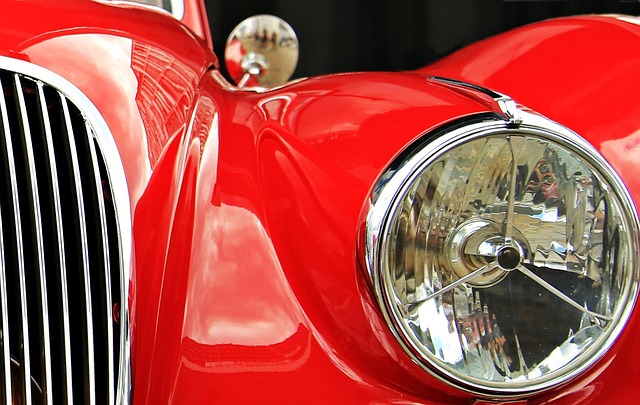
In regions with harsh winters, snow, ice, and rain can cause significant damage to vehicles. Common issues include dents from icy road bumps, scraped paint from parking lot curbs, and water-induced rust on metal surfaces. To prevent such seasonal damage, regular vehicle maintenance is key. Ensure your car’s underbody is protected with a quality undercoating, which acts as a barrier against salt corrosion and moisture.
Keep tire pressure optimal, as proper inflation improves traction and reduces the risk of curb strikes when parking. For extreme weather conditions, consider using winter tires designed to grip icy surfaces better. Additionally, parking in covered garages or away from direct rain exposure can significantly minimize water damage and prevent costly auto frame repair or car dent repair jobs during the seasonal collision repair process.
Effective Collision Repair Strategies for Each Season's Unique Challenges

In the ever-changing seasons, each brings its unique challenges for collision repair professionals. Effective strategies for seasonal collision repair are essential to ensure vehicles return to their pre-incident condition. Winter’s snow and ice demand expertise in dealing with fender benders and slip-and-fall incidents, often involving damaged bumpers and frozen auto glass. Auto collision repair technicians must be adept at frame straightening techniques to restore structural integrity after a winter storm.
Spring and fall bring their own set of issues, primarily related to rain and varying temperatures. Rain can cause water damage to vehicles, leading to rust and corrosion, necessitating thorough inspection during auto collision repair processes. As seasons transition, extreme temperature changes can impact the integrity of auto glass, making prompt repair or replacement crucial. Ensuring clear visibility and driver safety should be a top priority for any auto glass repair service during these transitional periods.
As we navigate through the varying weather seasons, understanding the potential impact on our vehicles is key to ensuring their longevity. By recognizing the unique challenges presented by snow, ice, and rain, drivers can employ preventive measures and be better prepared for any seasonal collision repair needs. Armed with this knowledge, you can minimize damage, stay safe on the roads, and maintain a well-protected vehicle throughout the year. Remember, seasonal collision repair isn’t just about fixing what’s visible; it’s about addressing the specific issues that each season brings to keep your vehicle running smoothly.

